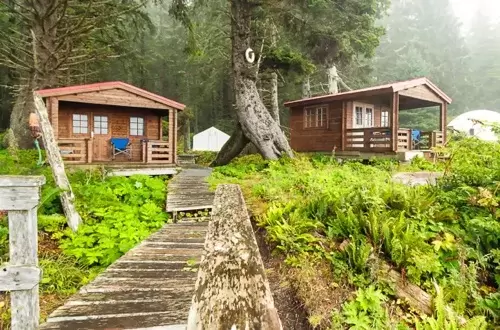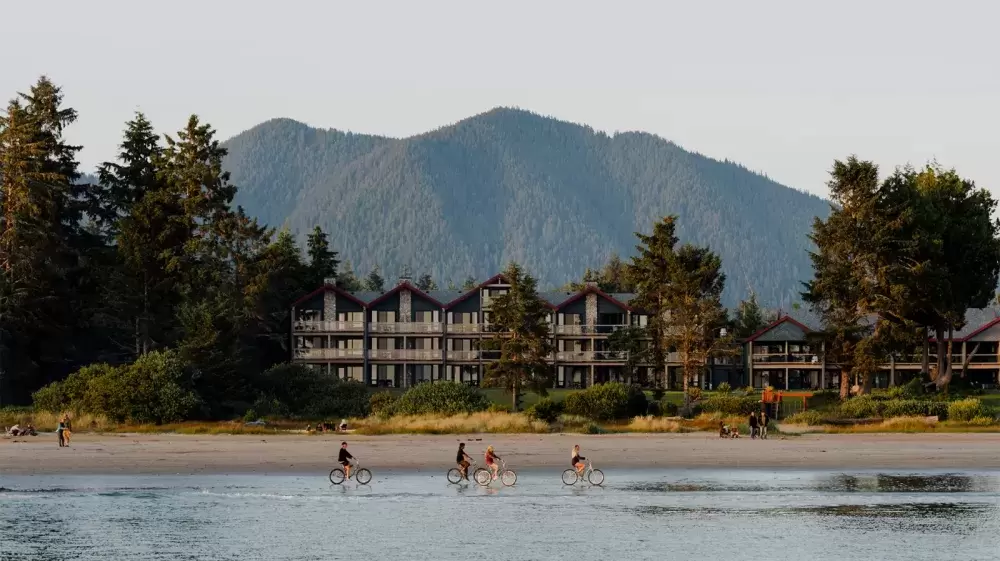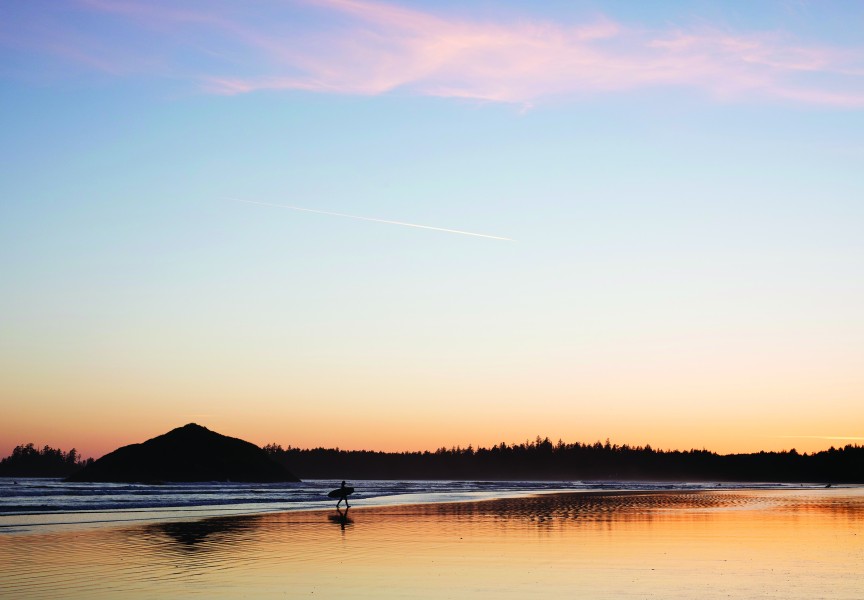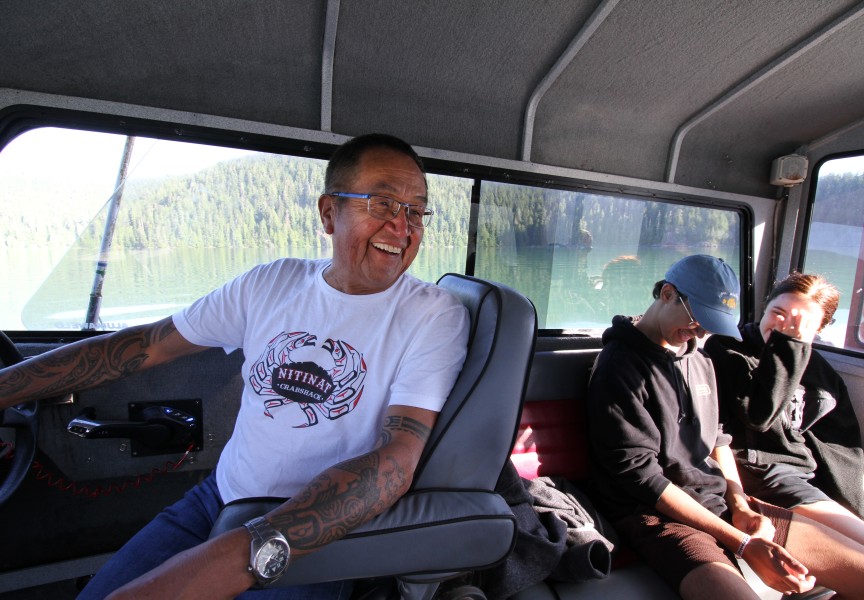Help is on the way.
Though news of a newly created federal Tourism Relief Fund is welcome, a couple of Nuu-chah-nulth leaders are wondering if enough is being done.
At a news conference this past week, Melanie Joly, the minister of Economic Development, announced the Canadian government has established a $500 million Tourism Relief Fund.
Funds will be distributed during the next two years.
Joly, who also holds the portfolio of minister of Official Languages, revealed that a minimum of 10 per cent of this fund, $50 million, would be set aside for Indigenous tourism business operators across the country.
“It is an extremely important part of the Indigenous economic development approach that we support our Indigenous tourism operators,” Joly said. “We’ve heard their call for help and that’s exactly why we wanted to make sure that there was an Indigenous lens given to this new funding.”
Jim Chisholm, the tribal administrator for the Tla-o-qui-aht First Nation, can only wonder if enough is being done.
“To be honest, it seems like a lot,” Chisholm said. “But in today’s world $50 million is not a lot of money.”
There are more than 630 First Nations in Canada. Chisholm speculated even if only Indigenous tourism operators from 50 different First Nations applied for the new funding he wondered how much would indeed be available for various businesses across the country.
Chisholm said the Tla-o-qui-aht First Nation would indeed send in a funding application. It suffered tremendous financial losses during the COVID-19 pandemic from its main tourism business, the Best Western Plus Tin Win Resort located in Tofino.
“Obviously with COVID we were hit very hard because of travel bans in the province,” he said.
The Tin Win Resort operated at less than 20 per cent of its capacity for a good chunk of the past year, due to provincial restrictions that banned international visitors, allowing only some travel within one’s health region in B.C.
Now that health and travel regulations have been eased, Chisholm said the First Nation’s resort is fully booked daily through the end of September.
Bryan Cofsky, the executive director of the Ditidaht Economic Development Corporation, is also questioning whether the amount allocated to Indigenous tourism operators via the new fund is sufficient.
“It’s never enough,” Cofsky said of the majority of funding initiatives. “It depends on what your parameters on it are. And it depends on who can apply for it.”
Those seeking funding will be required to send in their applications through six regional development agencies across Canada.
British Columbia tourism business operators have to apply through the agency called Western Economic Diversification Canada.
“It’s almost going to be on a first come first served basis,” Cofsky said. “You have to have your ducks in a row and to have a plan.”
Cofsky said Ditidaht will indeed be applying for some funding.
“We have quite a few tourism initiatives going on,” he said.
Cofsky added all of the First Nation’s tourism businesses have been greatly affected financially by the pandemic.
That includes both the Nitinaht shuttle service, which brings people to and from the First Nation’s village and an entry point to the West Coast Trail.
During last week’s press conference, Joly said the federal government is cognizant of the role Indigenous business operators have in the country’s tourism industry.
“We know that Indigenous tourism operators were doing great just before the pandemic,” she said. “Of all the tourism businesses, it was Indigenous tourism businesses that were really growing the fastest, just before the pandemic. And in that sense, we want to make sure that we’re there for them.”
Joly also said it should be noted that the Canadian government could indeed still provide more funding for the Indigenous tourism industry.
“I think ($50 million is) a good start in the sense that it’s a minimum and if the ask is higher, we will adapt,” she said.
Pam Damoff, the parliamentary secretary to the minister of Indigenous Services, also welcomed the amount of money pledged last week.
“The Indigenous tourism industry supports the overall Indigenous economy and creates jobs, supports families, and allows travelers to experience the vibrant and diverse communities and cultures of Indigenous peoples,” Damoff said. “The Tourism Relief Fund will provide needed support to Indigenous tourism businesses all across the country in order for the industry to turn the page from crisis to recovery and build back better.”
Keith Henry, who is the president and CEO of the Indigenous Tourism Association of Canada (ITAC), welcomed the new funding news.
“The Government of Canada demonstrated their commitment to the importance of investing in Indigenous tourism in Canada,” Henry said. “This is a very significant direct commitment for Indigenous tourism businesses, Indigenous tourism provincial/territorial partners and the Indigenous Tourism Association of Canada. We are working out the two-year implementation details and will be moving quickly to support our Indigenous tourism industry recover and rebuild.”









